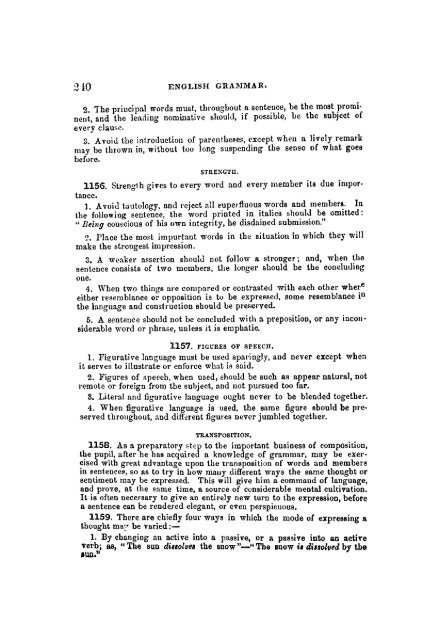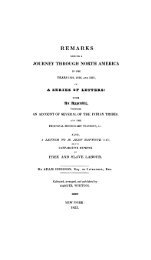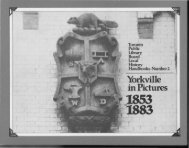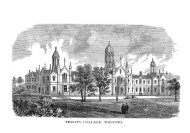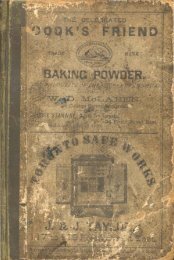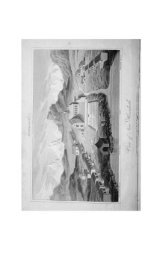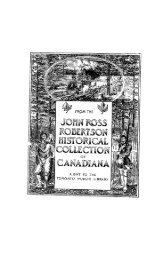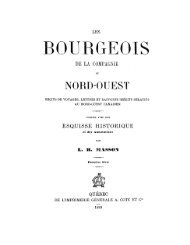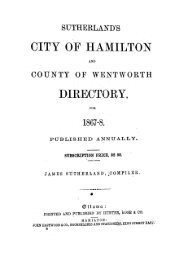alytical practical grammar - Toronto Public Library
alytical practical grammar - Toronto Public Library
alytical practical grammar - Toronto Public Library
You also want an ePaper? Increase the reach of your titles
YUMPU automatically turns print PDFs into web optimized ePapers that Google loves.
21O<br />
ENGLISH GRAMMAR.<br />
2. The priucipal words must, throughout a sente.uce, be the most promi.<br />
neut, and the leading nominative should, if possIble, be the subject of<br />
every clause.<br />
S. Avoid the introduction of parenthe@es, except when a lively remark<br />
may be thrown in, without too long suspending the sense of what goes<br />
before.<br />
STRENGTll.<br />
1156. Strength gives to every word and every member its due impor.<br />
tance.<br />
1. Avoid tautology, and reject nil @uperfluous words and members. In<br />
the following sentence, the word printed in italics should be omitted:<br />
" Being couscious of his own integrity, he disdained submission."<br />
2. Place the most impurtant words in the situation in which they will<br />
make the strongest impression.<br />
S. A weaker assertion shoulu not follow a stronger; and, when the<br />
sentence consists of two members, the longer should be the concluding<br />
one.<br />
4. When two things are compared or contrasted with each other whex:e<br />
eitber resemblance or opposition is to be expressed, some resemblance In<br />
the language and construction should be preserved.<br />
6. A senteuce should not be concluded with a preposition, or any incon'<br />
siderable word or phrase, unless it is emphatic.<br />
1157. FIGURES OF SPEECH.<br />
l. Figurative language must be used sparingly, and never except when<br />
it serves to illustrate 01' enforce what is said.<br />
2. Figures of speech, when used, should be such as appear natural, not<br />
remote or foreign from the Bubject, and not pursued too far.<br />
3. Literal and figurative language ought never to be blended together.<br />
4. When figurative language is used, the SRme fignre should be preserved<br />
throughout, and diff~rent figures never jumbled together.<br />
TRANSPOSITION.<br />
1158. As a prE'paratory step to the important business of composition,<br />
the pupil, arter he has acquired a knowledge of <strong>grammar</strong>, may be exercised<br />
with great advantage upon the transposition of words and members<br />
in sentence., so as to try in how mauy different ways the same thought or<br />
sentiment may be expressed. This will give bim a command of lauguage,<br />
and prove, at the Bame time, a source of considerable mental cultivation.<br />
It is often neceFsary to give an entirely new turn to the expression, before<br />
a sentence can be rendered elegant, or even perspicuous.<br />
1159. There are chiefly foul' ways in which the mode of expressing a<br />
thought rna, be varied:-<br />
1. By changing an active into a passive, or a passive into an actiTe<br />
verb; as, "The sun di8loluea the snow "-" The Bnow i. di"olll~d by the<br />
IIun."


